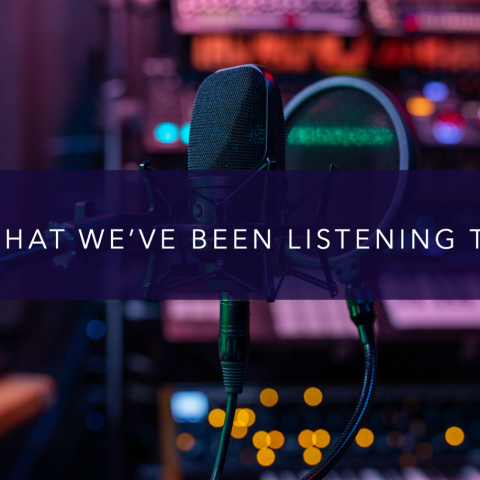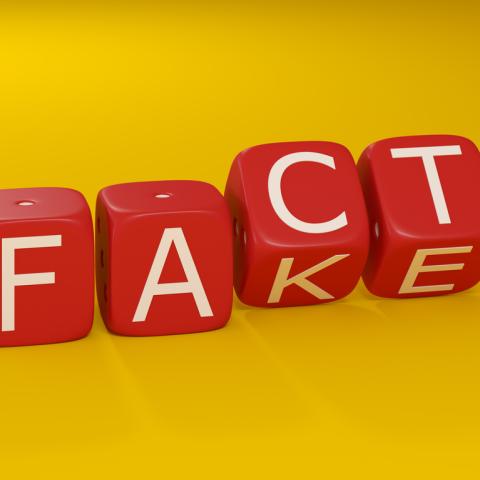Measuring media coverage: What research driven tools mean for brand strategy and PR

The recent launch of a new media impact assessment tool from YouGov and Metricomm has our research team thinking about a wider change in how organisations think about media, reputation and the role of research in shaping public perception.
The tool combines YouGov’s BrandIndex daily tracking data with Metricomm’s media analytics to show how press coverage affects a brand’s “buzz”, consideration and impression scores. In our experience, seamlessly connecting media activity with shifts in brand metrics is something research teams can find difficult. This tool, and others similar to it, offer a way to link specific coverage to changes in how people feel and think about a brand.
Tools of this type can allow organisations to move beyond assumption and instead use research to understand what is cutting through, what is being ignored, and what is actively shaping consumer behaviour.
However, it does also raise some questions. If press releases and media coverage are now being assessed against core brand metrics, what does that mean for how PR is planned and evaluated?
On one hand, it could encourage boldness. If teams know which types of coverage drives real impact, they may feel more confident in pursuing ambitious stories and creative angles. On the other hand, it could lead to caution, with messaging shaped more by performance data than editorial instinct.
There is also a risk that PR outputs become overly focused on short-term metrics, rather than long-term reputation building. The challenge will be to balance data driven decision making with the judgement that good PR requires.
Tools like this show that research is no longer just supporting communications, it is helping to shape it. As media continues to keep pace and fragment, the need for clear, reliable insight will only grow further. Research has a vital role to play in helping organisations understand how they are perceived, how media shapes that perception, and how they can respond effectively.
Still, there is definitely a level of responsibility that will need to be exercised. We need to be thoughtful about how we use these tools and aware of their limitations, as well as being open to the questions they raise. The future of media intelligence will depend not just on technology, but on the quality of the research and human analysis that underpins it.









